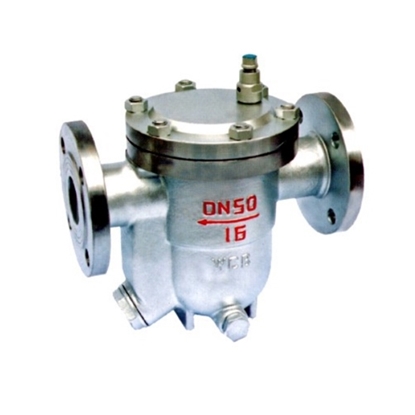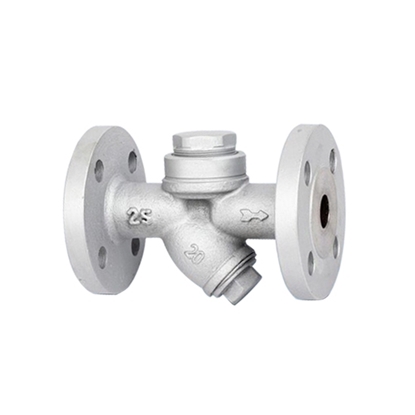What is the Function of Steam Traps?
Steam traps are devices used in steam systems to perform the crucial function of removing condensate (water) and non-condensable gases (such as air) from the steam lines while allowing the steam to pass through. Steam traps are designed to automatically remove steam condensate and non-condensable gases such as air from heating equipment or steam piping without leaking steam. Because the trap has the function of blocking steam and draining water, it enables steam heating equipment to be heated uniformly, and makes full use of the latent heat of steam to prevent water hammer from occurring in steam piping. They play a vital role in maintaining the efficiency and safety of steam systems in various industrial and commercial applications. Here are the primary functions of steam traps:
Condensate Quality Control
Steam traps not only remove condensate but also help ensure its quality. They prevent the buildup of contaminants and impurities that may accumulate in the condensate, ensuring that the liquid removed from the system is clean and free of particulates. This is crucial in industries where the purity of the condensate is essential for product quality or where recycling condensate is a cost-saving measure.

Optimizing Steam Distribution
Steam traps can be strategically placed in steam distribution systems to help balance steam flow and pressure. By efficiently removing condensate at various points in the system, they contribute to uniform steam distribution, preventing issues such as uneven heating or pressure fluctuations.
Maintenance of Steam Temperature
Steam traps also play a role in maintaining the desired temperature of the steam. By removing condensate promptly, they help prevent temperature fluctuations that could impact the effectiveness of heat transfer processes or the consistency of product quality in industrial applications.
Adaptation to Variable Loads
Some steam traps are designed to adapt to varying loads and conditions. For example, thermostatic traps can modulate their opening and closing based on temperature changes, ensuring efficient condensate removal regardless of load fluctuations. This adaptability contributes to system stability and energy savings.
Different Trap Types for Specific Applications
There are various types of steam traps available, each designed for specific applications and conditions. For example, inverted bucket traps are well-suited for high-capacity applications, while thermodynamic traps excel in situations with varying loads and pressures. Choosing the right type of steam trap is essential to maximize its effectiveness in a particular system.
Regular Maintenance and Monitoring
To ensure the proper functioning of steam traps, regular maintenance and monitoring are necessary. This includes checking for leaks, cleaning, and replacing worn components. Neglecting maintenance can lead to inefficient operation and increased energy costs.

Environmental Benefits
Efficient steam traps not only save energy and reduce operational costs but also have environmental benefits. By minimizing energy consumption and greenhouse gas emissions associated with steam production, they contribute to sustainability and a reduced carbon footprint.
In summary, steam traps are highly specialized devices that perform a range of critical functions to maintain the efficiency, safety, and reliability of steam systems in various applications. Their ability to efficiently remove condensate and non-condensable gases while preserving the quality of steam is essential for optimal system performance and cost-effectiveness. High-quality steam traps are available in the ATO store. Welcome to make your selection.

